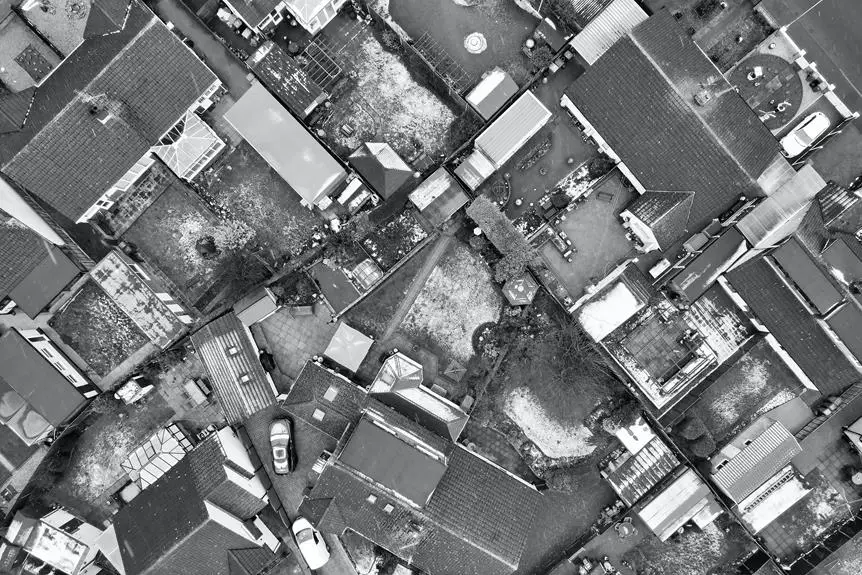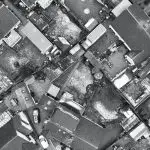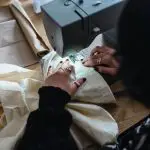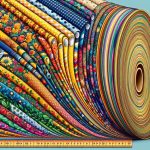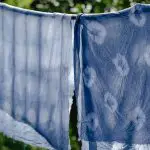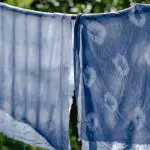Are you ready to tackle the challenge of creating a king size quilt?
Did you know that the average king size quilt requires approximately 8 to 10 yards of fabric?
Understanding how many yards of fabric you need for a king size quilt is essential for a successful project.
In this guide, you will learn the key factors to consider when calculating fabric yardage requirements, accounting for pattern and design choices, and factoring in backing and binding fabric.
You'll also discover valuable tips for purchasing and storing fabric to ensure a smooth quilting process.
Get ready to master the art of determining the perfect yardage for your king size quilt!
Key Takeaways
- King size quilts typically measure around 104 inches by 93 inches.
- Calculate the total fabric yardage needed for the quilt top by measuring the length and width of the quilt in inches and dividing the total area by 1,296 to convert it to square yards.
- Pattern variations, color coordination, and quilt design choices impact fabric requirements.
- Consider the fabric requirements for backing and binding, choosing between one-piece backing, pieced backing, or quilt top-backed quilts.
Understanding King Size Quilt Dimensions
You'll need to know the exact dimensions of a king size quilt before you start planning your fabric requirements. King size quilts typically measure around 104 inches by 93 inches. Understanding these dimensions is crucial as it directly impacts the amount of fabric needed for the quilt construction.
When creating a king size quilt, it's important to consider the various bedding options available. Some individuals prefer a more lightweight quilt for warmer climates, while others may opt for a thicker, more insulating quilt for colder regions. The quilt construction must align with the intended use and aesthetic preferences.
Knowing the exact dimensions of the quilt will also help you determine the amount of backing fabric required, ensuring that the finished quilt fits perfectly on the bed. By understanding the dimensions and considering the bedding options, you can make informed decisions about the quilt construction and fabric requirements, resulting in a beautifully crafted king size quilt that complements your bedroom decor and meets your specific needs.
Calculating Fabric Yardage Requirements
To calculate the fabric yardage requirements for a king size quilt, follow these steps:
- Fabric Measurement: Measure the length and width of the quilt in inches. Next, multiply the length by the width to get the total area in square inches.
- Convert to Yards: Divide the total area in square inches by 1,296 (since there are 36 inches in a yard, and 36 multiplied by 36 equals 1,296) to convert the area to square yards. This gives you the total fabric yardage required for the quilt top.
- Consider Additional Fabric: If you plan to add borders, sashing, or have a specific quilt pattern, remember to account for these additional fabric requirements when calculating the total fabric yardage.
Accounting for Pattern and Design Choices
When considering pattern and design choices for your king size quilt, take into account the additional fabric requirements for borders, sashing, or specific quilt patterns.
Pattern variations and color coordination play a crucial role in determining the amount of fabric needed for your project. If you opt for a quilt pattern that includes intricate designs or larger blocks, you may require more fabric compared to a simpler design. Similarly, the choice of borders and sashing can significantly impact the overall fabric yardage.
Pattern variations often involve different sized pieces, which can affect the amount of fabric needed. It's important to carefully assess the pattern you've chosen and consider any adjustments required for fabric yardage based on the complexity of the design.
Additionally, when coordinating colors for your quilt, you may need to account for extra fabric to ensure you have enough of each color or print to achieve the desired aesthetic.
Factoring in Backing and Binding Fabric
After calculating the fabric needs for the quilt top, assess the backing and binding requirements to ensure you have sufficient yardage for completing your king size quilt. When considering backing options, keep in mind that you'll need a piece of fabric that's at least the same size as your quilt top. Consider these options for backing your quilt:
- One-Piece Backing: This involves using a single large fabric piece for the entire backing. It's a straightforward option, requiring the same yardage as the quilt top, and creates a cohesive look.
- Pieced Backing: If you prefer variety or have smaller cuts of fabric to use, consider creating a pieced backing. This involves sewing together multiple fabric pieces to create the required size. It allows for creativity and can be an opportunity to use up fabric scraps.
- Quilt Top-Backed Quilts: For a reversible quilt, consider using the same fabric for the backing as the quilt top. This option requires extra yardage, but it results in a visually appealing and versatile quilt.
When it comes to binding techniques, the fabric requirements will depend on the method you choose. Whether you opt for straight-grain binding, bias binding, or a flange binding, ensure you have enough fabric to complete the look you desire.
Tips for Purchasing and Storing Fabric
Ensure you carefully select and store your fabric to preserve its quality and prepare for your quilting project. When purchasing fabric for your quilt, it's crucial to consider the fabric quality and color coordination to achieve the desired outcome. Here are some tips to guide you through the process:
| Fabric Quality | Color Coordination | Storage Tips |
|---|---|---|
| Choose high-quality 100% cotton fabric for durability and ease of quilting. | Select a color scheme that complements your design and creates visual harmony. | Store fabric in a cool, dry place away from direct sunlight to prevent fading and damage. |
| Check the thread count and feel the fabric for thickness and softness. | Use a color wheel to help you mix and match colors effectively. | Avoid folding fabric along the same lines repeatedly to prevent creasing and weakening of fibers. |
| Consider pre-washing the fabric to check for colorfastness and shrinkage. | Pay attention to the scale of prints and patterns to ensure they work well together. | Use acid-free tissue paper to wrap and protect fabric from dust and moisture while in storage. |
Frequently Asked Questions
What Are Some Common Quilt Patterns and Designs for King Size Quilts?
When making a king size quilt, consider traditional patterns like log cabin or flying geese for a classic look. For a modern twist, try designs such as bold geometric shapes or improvisational piecing. These choices can elevate your quilt.
How Do I Choose the Right Batting for My King Size Quilt?
When choosing batting for your king size quilt, consider the quilt size, preferred quilting techniques, fabric selection, and piecing methods. The right batting will ensure your quilt is comfortable and durable.
Are There Any Special Considerations for Quilting a King Size Quilt on a Home Sewing Machine?
When quilting a king size quilt on a home sewing machine, consider the quilting challenges due to the size. Ensure your machine capabilities can handle the bulk. Practice proper basting and maneuvering to achieve professional results.
What Are Some Creative Ideas for Piecing Together the Backing for a King Size Quilt?
When piecing together the backing for a king size quilt, get creative with fabric scraps and design ideas. Consider using different fabrics, patterns, and colors to create a unique and visually appealing backing for your quilt.
Can I Use Pre-Cut Fabric Bundles for a King Size Quilt, or Do I Need to Buy Yardage?
You can absolutely use pre-cut fabric bundles for a king size quilt, but you may need to supplement with additional yardage to meet the fabric requirements. It's a great way to add variety to your quilt top.
- How Does Ring Spun Cotton Affect Garment Fit and Shape Retention? - August 13, 2024
- What Are the Challenges in Producing Ring Spun Cotton? - August 13, 2024
- Is Ring Spun Cotton Suitable for Plus-Size Clothing? - August 13, 2024

